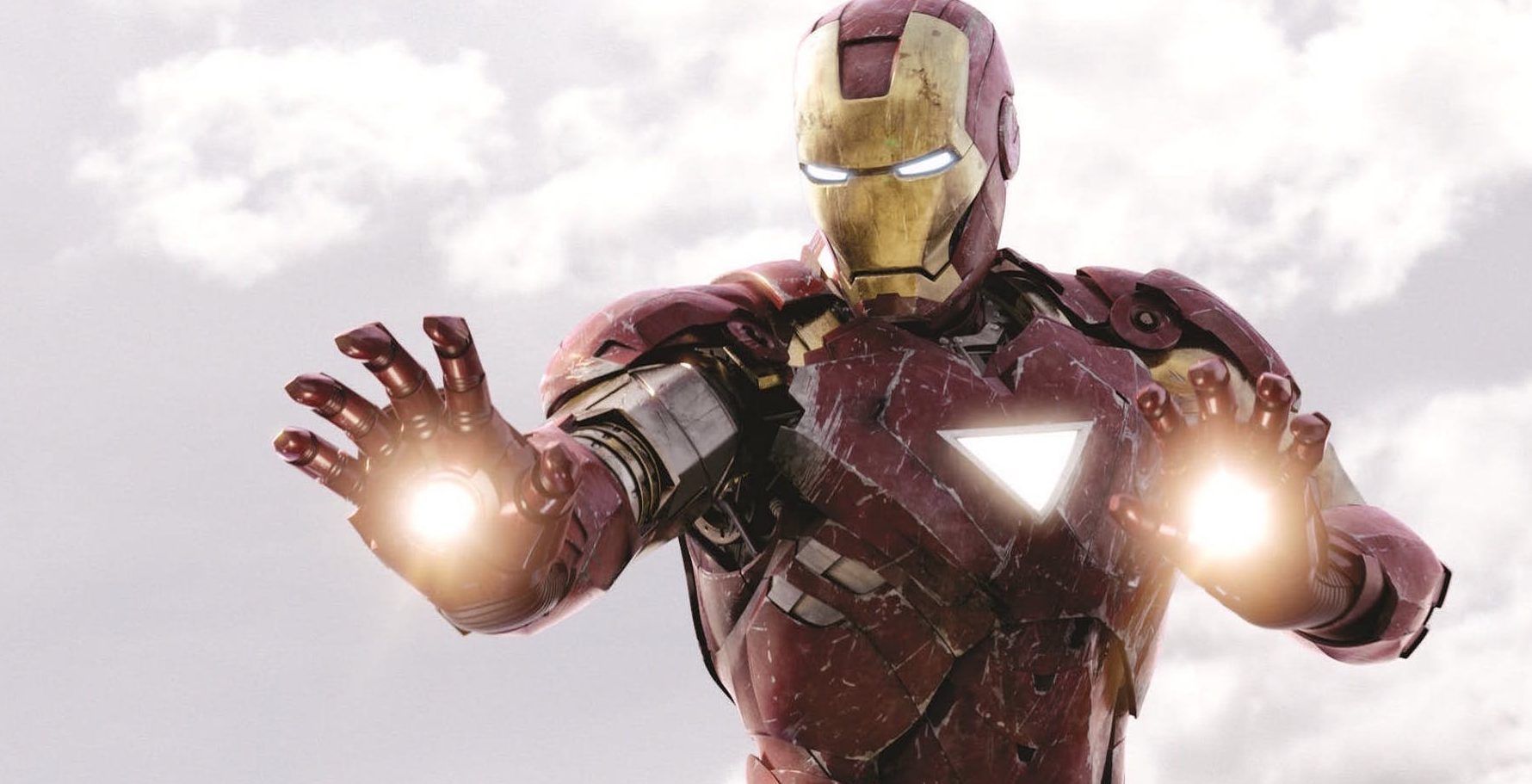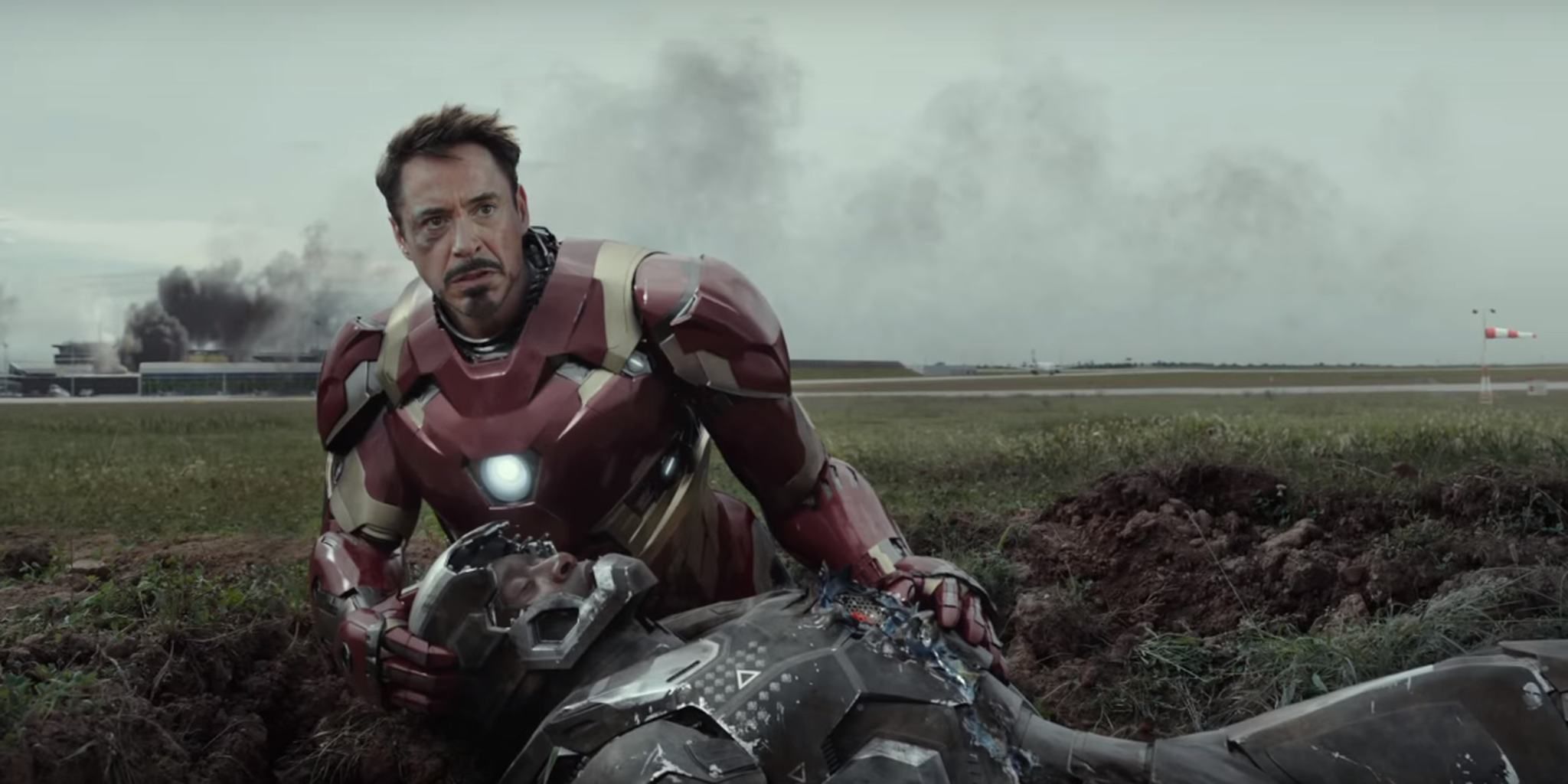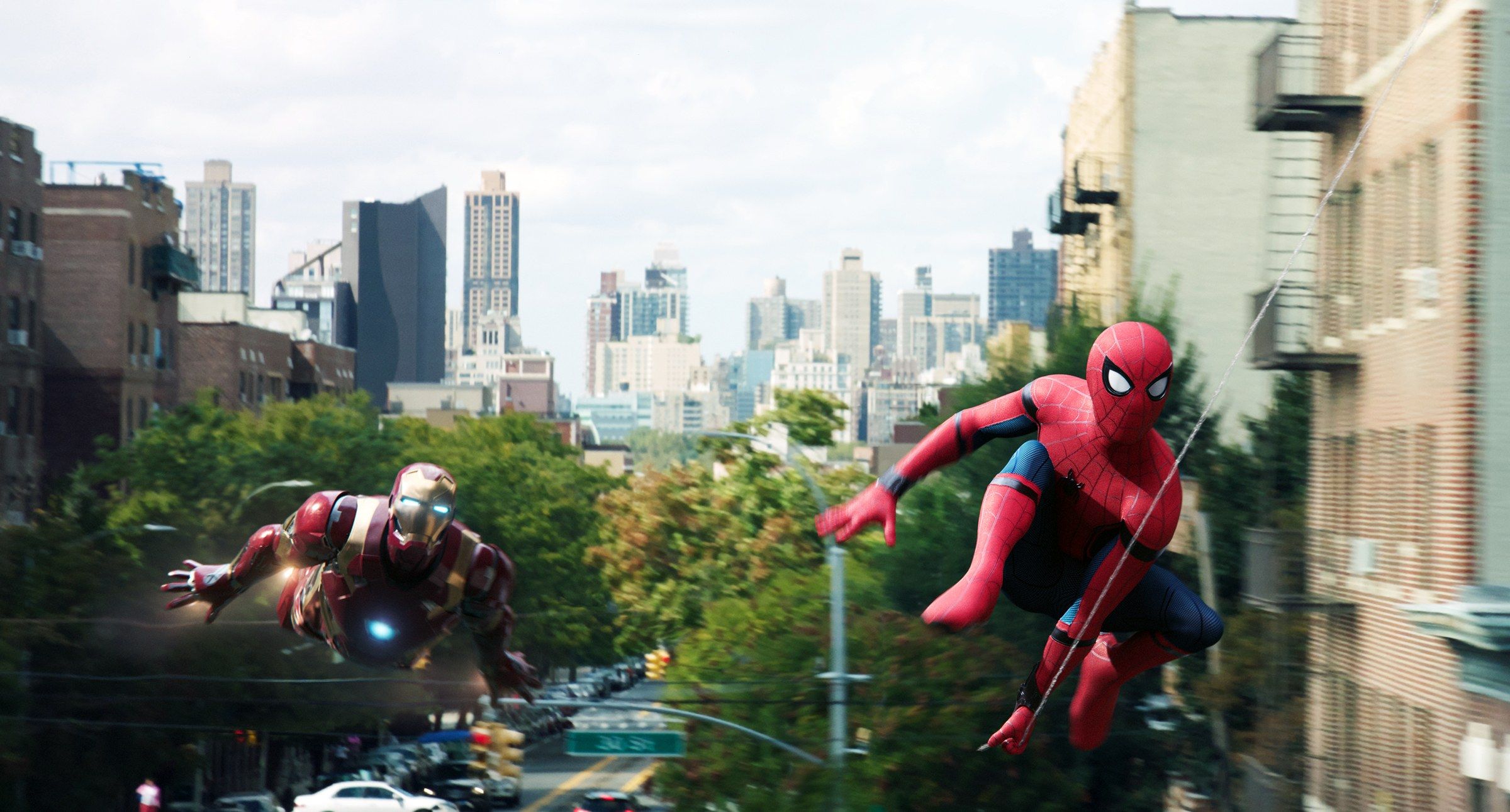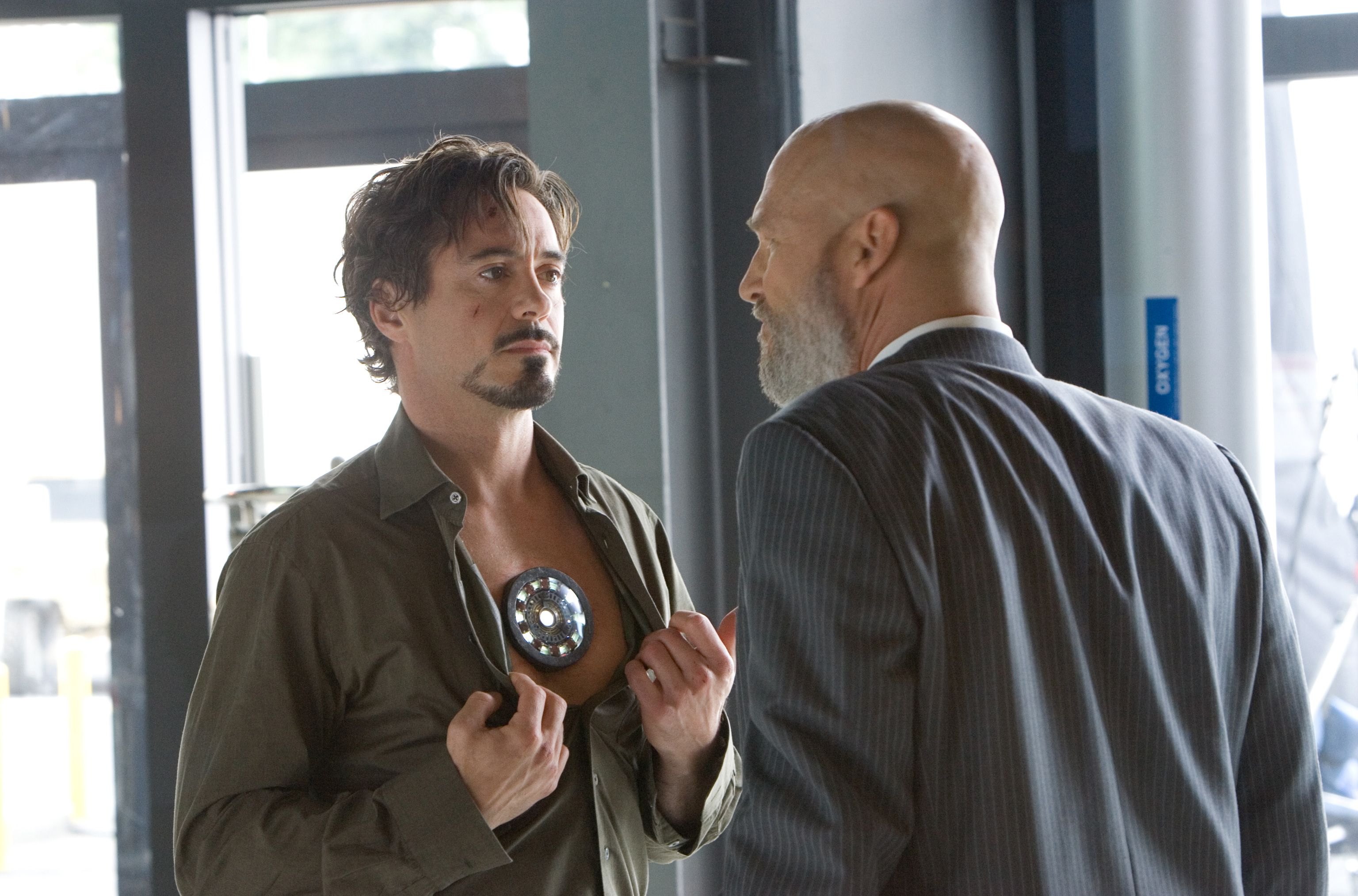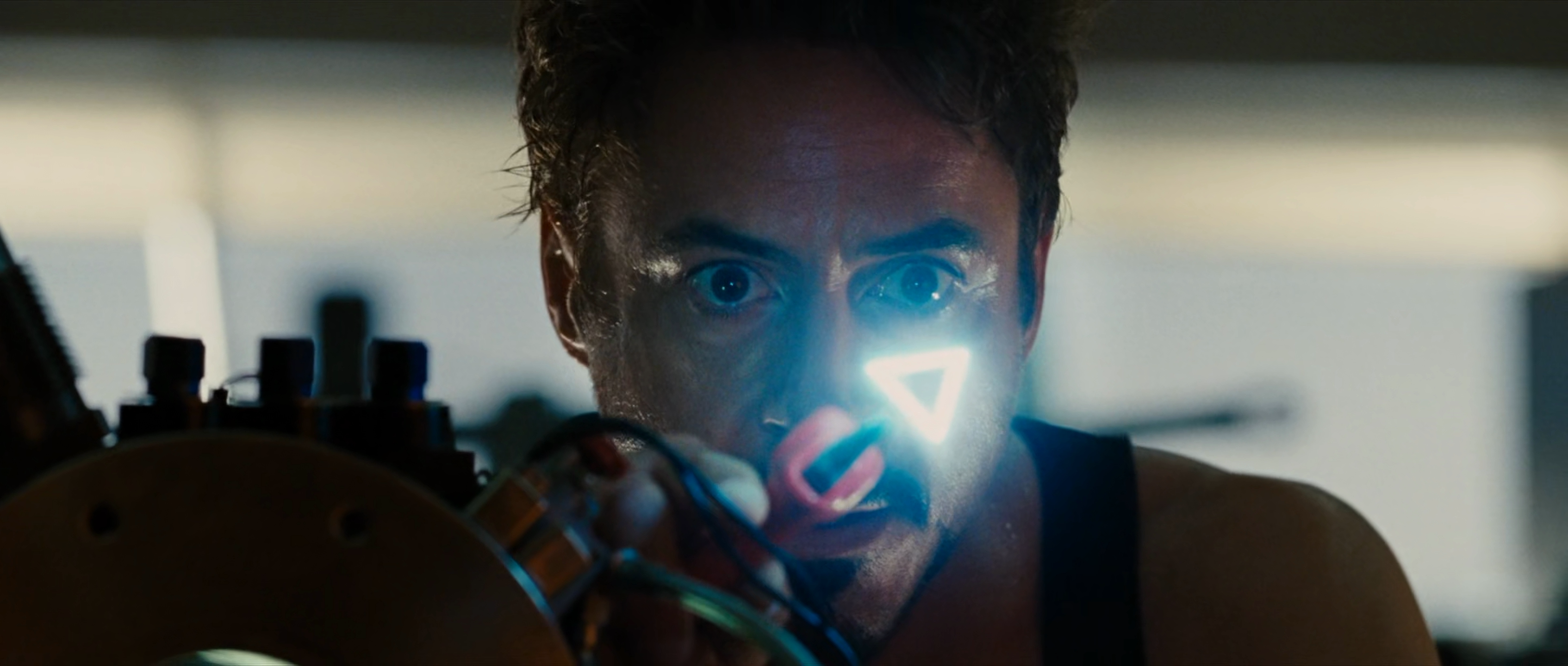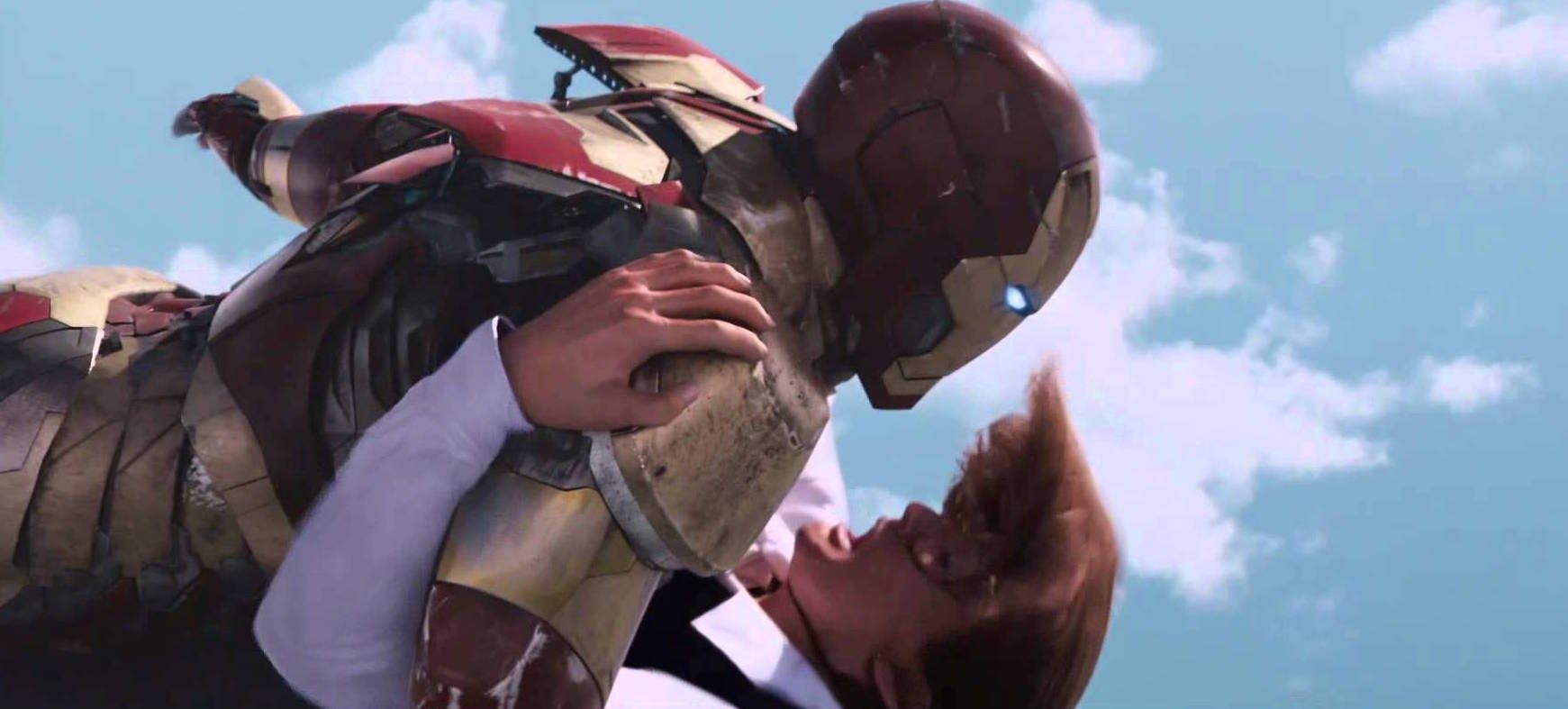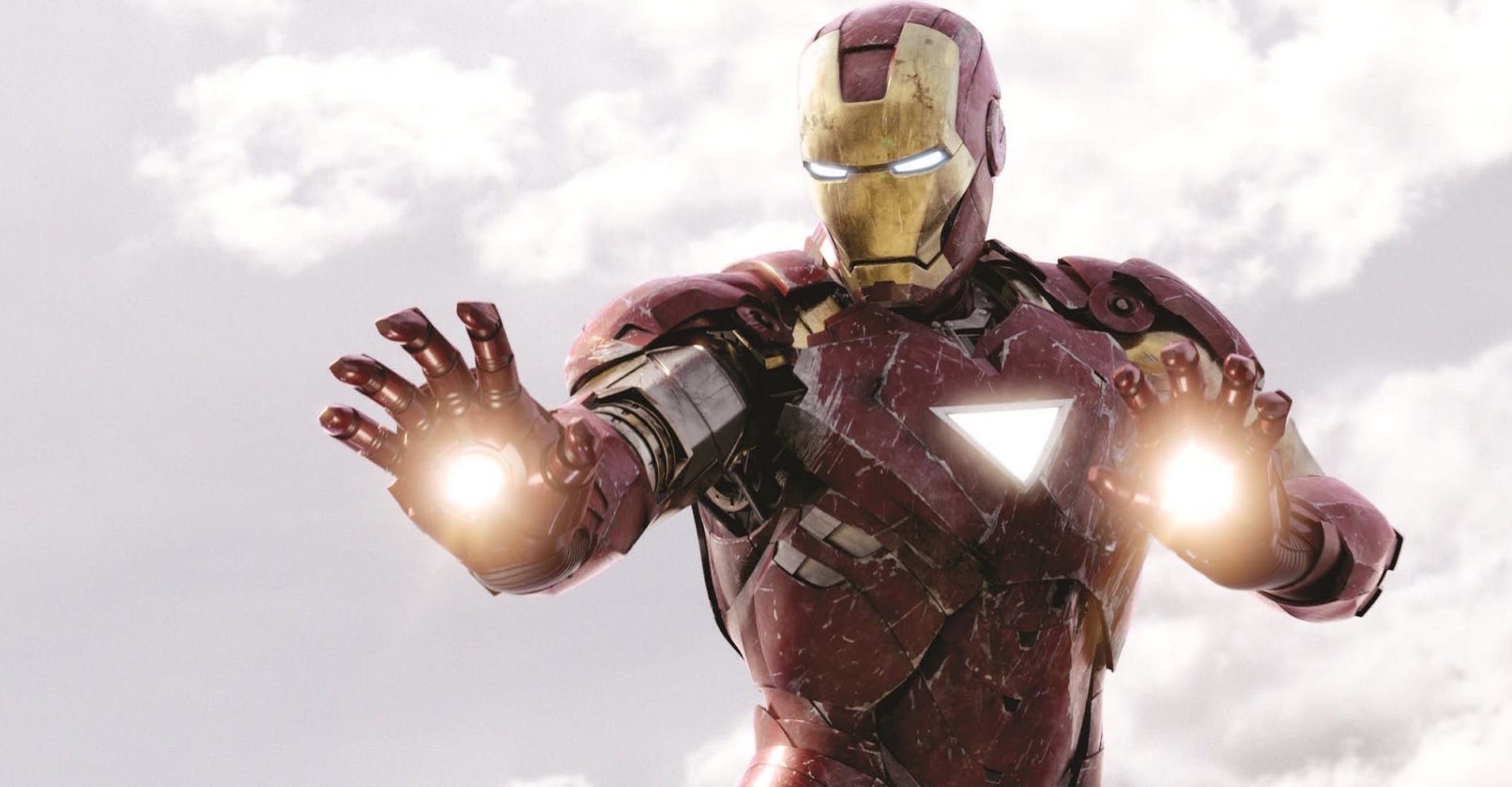This may come as a surprise, but superhero movies tend to take liberties with the laws of physics. I know, shocker. What’s next? Is the sky also blue? Do pigs love mud? Is shawarma an excellent post-battle snack? (Uh, obviously.)
When it comes to Iron Man, many aspects of the suit are feasible, but just as many bend the rules of science or break them entirely. In all honesty, we’d still enjoy the Marvel films even if Tony Stark's suit started casting magical spells, but just like Iron Man can’t stop tinkering, we can’t ignore the holes in the suit’s science. Here are 7 ways the Iron Man suit bends the rules of science:
8. It is never explained how the suit protects Tony Stark from blunt force trauma
When Iron Man gets punched in the face by Thanos or clashes with the Hulk, we all assume he walks away without significant injuries because the suit somehow protects him from the blunt force trauma. But imagine donning a hunk of metal, then walking out in front of the bus. Sure, you might get not quite as squished as you would have without the protection, but you’re still going to be a lot more squishy than you were when you started.
The same goes for Tony Stark. Unless he worked some kind of advanced, shock-absorbing material into the suit that he never talks about, he should have far more broken bones and concussions than they ever show on the screens. And some of those injuries would certainly be fatal, like when he crashes Mark 1 into the desert in the first Iron Man. Even if he did install fancy shock dampeners into his later suits, there’s no way his first suit— made in a cave from scrap metal— would have employed such advanced functions. But having your hero die twenty minutes into his first movie isn’t exactly good screenwriting, so we understand why they went their way.
7. It's unclear how the Iron Man suit stays in the air when it's flying horizontally
In the films, Iron Man is often depicted flying horizontally, with all of his rockets pointing right behind him (especially during the first Iron Man when he was soaring in a straight line over the Middle East). Because these types of scenes look so epic, we tend not to question them (a trend many superhero movies rely on). But when you really think about it, you start to realize— he’s not generating any horizontal lift when he flies like that. All of his rocket power is pointing backward, with nothing pointing downwards.
Even Tony Stark himself isn’t immune to the effects of gravity, and no matter how much rocket power he generates in the backward direction, he needs to direct some energy towards the Earth to counter gravity's downward pull or he’ll quickly drop in altitude. It's one thing when he's flying straight up into the sky— then, it makes sense that all his rockets would be pointing behind him. But in the films, when Tony is flying parallel to the ground, the need for horizontal lift seems to be pretty much ignored. Unless there are tiny, invisible rockets on the underside of the suit that are never mentioned, but “tiny” and “invisible” aren’t really Tony’s style, so we kind of doubt it.
6. The films never explain how Tony Stark survives the G-force of the hairpin turns he makes in the suit
When you’re in a moving vehicle that suddenly stops, your body wants to keep moving, and you’ll feel the tug of the seatbelt as your body lurches forward. The pull of the seatbelt is a toned-down version of what Tony Stark should experience when he makes those hairpin turns in the sky in the Iron Man suit.
It would be one thing if he was changing direction slowly, like a car on a roundabout, but the way Tony zips around is the equivalent of a speeding car coming to an almost instantaneous stop, then rocketing into reverse the next millisecond. There’s no way Tony Stark would survive the G-forces his body would be subjected to in such a situation. But if Iron Man had to turn on his blinkers and slowly arc to the left whenever he had to change directions in battle, the movies would move a lot slower— so artistic license does have its merits.
5. The Arc Reactor would probably generate huge amounts of heat, killing anything nearby (including Tony Stark)
The Iron Man suit would be impossible without the Arc Reactor. This nifty little piece of technology enables Tony to store massive amounts of energy in a cylinder the size of a hockey puck so that he can power the suit without having to lug around large containers of fuel. So, how does the Arc Reactor work? Well, the short answer is, no one really knows (no, not even Elon Musk). If we did, we’d probably be a space-faring civilization by now (and Elon Musk would definitely have an Iron Man suit).
But what we do know is that the waste heat generated by such a huge power source would kill whoever was wearing the suit. Unless Tony has figured out some type of cooling mechanism that is unheard of in modern physics, he’d be, as Aldrich Killian put it in Iron Man 3, "cooking in his little turtle suit."
4. The new element Tony Stark created in Iron Man 2 to power his suit probably wouldn't have been stable
From thermonuclear astrophysics to perfectly-groomed facial hair, Tony Stark makes a lot of things look easier than they are. Although most physicists only dream of creating a new element, Tony Stark managed to do it in his basement lab in Iron Man 2. But how realistic was this scene? Physicist Todd Satogata spoke to Popular Mechanics about the science of Iron Man 2 and, although a few aspects of the scene were somewhat realistic, many things didn't make sense to the physicist.
For one, he didn’t see any magnets in the room (apparently, you’d need big ones), and he didn’t understand Tony’s complete nonchalance about getting exposed to so much radiation (hey, maybe Tony thought it would turn him into an enormous green rage monster). Plus, the new element Tony created is a tad unrealistic. “Most of the new elements that get created like this last billionths of a second before they disintegrate,” Satogata said, which would make it kind of difficult for Tony to use the element to power his Arc Reactor.
3. The Arc Reactor in Tony’s chest would displace some pretty essential parts of his body
When you insert a large metal cylinder into your body, some consequences are bound to arise (oh, get your mind out of the gutter). Although Tony Stark often credits the Arc Reactor with saving his life, if it was actually installed the way they show it in the films, it’s doubtful Tony would retain the full functioning of his organs.
It may look like a superficial addition to Tony’s body, but in the first Iron Man, we saw that it actually takes up a significant portion of his chest cavity. While helping him adjust the Arc Reactor, Pepper Potts was able to insert her entire hand into Tony's chest! It’s hard to imagine how a surgeon could have rearranged Tony’s internal organs to make room for such a large piece of technology.
2. Using the suit to electrify the arms of falling passengers in Iron Man 3 probably wouldn't have worked, and it might have killed them
In Iron Man 3, after the bad guys blast a hole in Air Force One, several passengers get sucked out of the plane and end up in free-fall. As per usual, Tony pulls off a daring rescue— but he has to get creative with his methods. Unable to physically hold on to all of the passengers, he asks each person to grasp another in a sort of living chain of humans so that he can lift a couple of the people and, through them, heave everyone else to safety.
But when you’re plummeting through the air at terminal velocity, it’s kind of hard to keep control of your bladder, let alone your hand. In order to prevent people from letting go of one another, Tony uses his suit to electrify their arms, which he claims will keep them from being able to open their hands. So, is this feasible? Well, probably not. Although the electric current would cause muscle contractions, these kinds of spasms can be unpredictable, and too high a current could pose serious health risks. It may have worked out for him in Iron Man 3, but Tony may want to think twice before electrifying anyone else in the future.
1. His repulsor rays don't make much scientific sense (and no one really knows what they are)
As anyone who’s ever learned about Isaac Newton in physics class knows, “Every action has an equal opposite reaction.” If you fire a rocket in one direction, it’s going to start moving in the other. This is what enables Iron Man to fly— but it’s also what should send him catapulting backward every time he fires those repulsor rays out of his hands.
It’s possible that he has built something into the suit that counters the repulsor rays, but this is never discussed in the films. Another thing that’s never discussed? What the heck those repulsor rays are. Perhaps Tony Stark has discovered some new type of technology that defies Newton's third law of motion (he’s pulled off crazier stunts), which would mean he wouldn't even need to counteract the action of the repulsor rays. Either way, science is getting awfully bendy.

